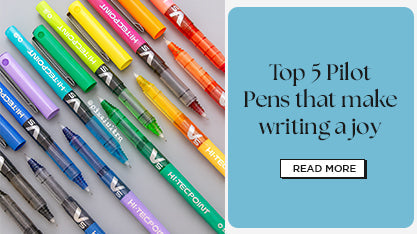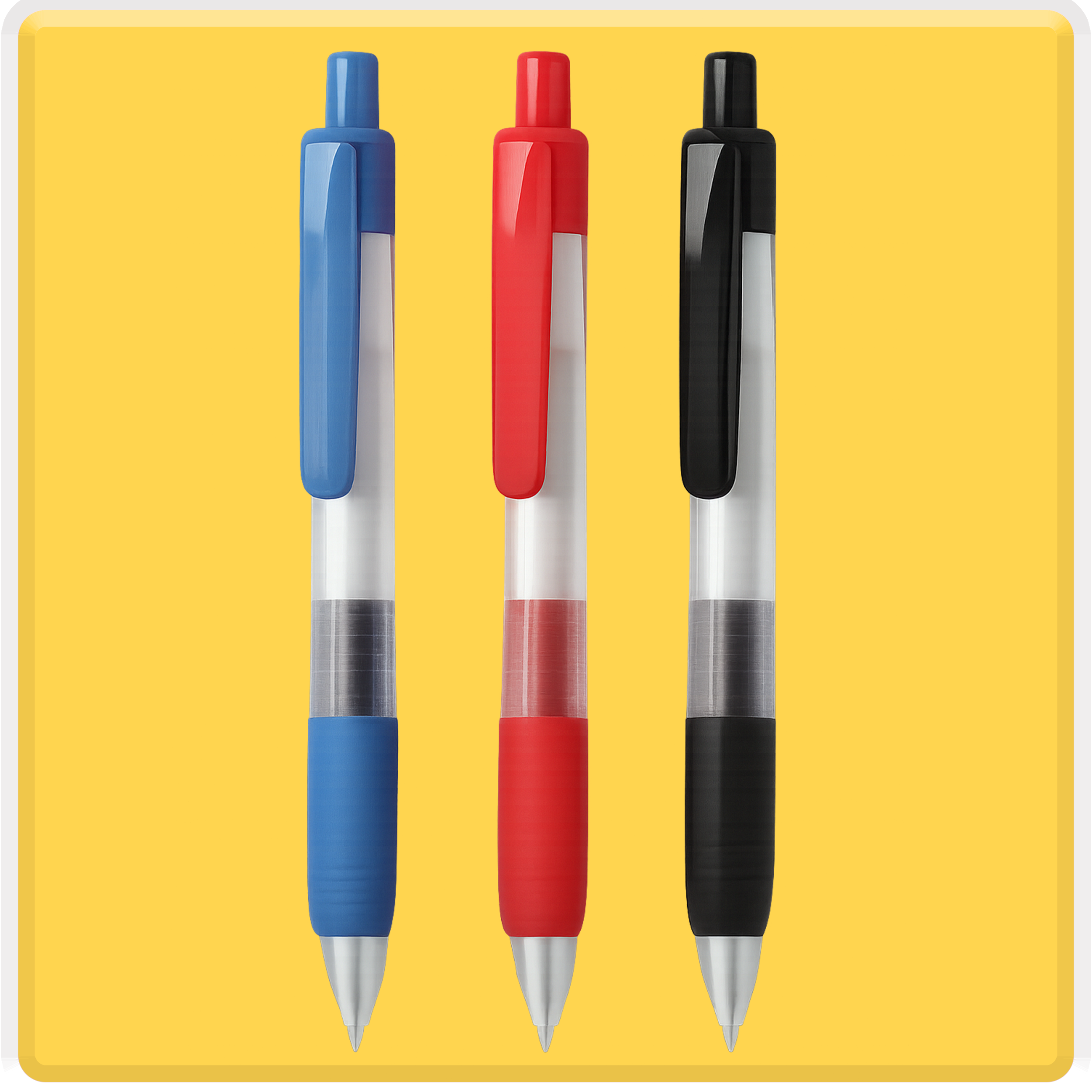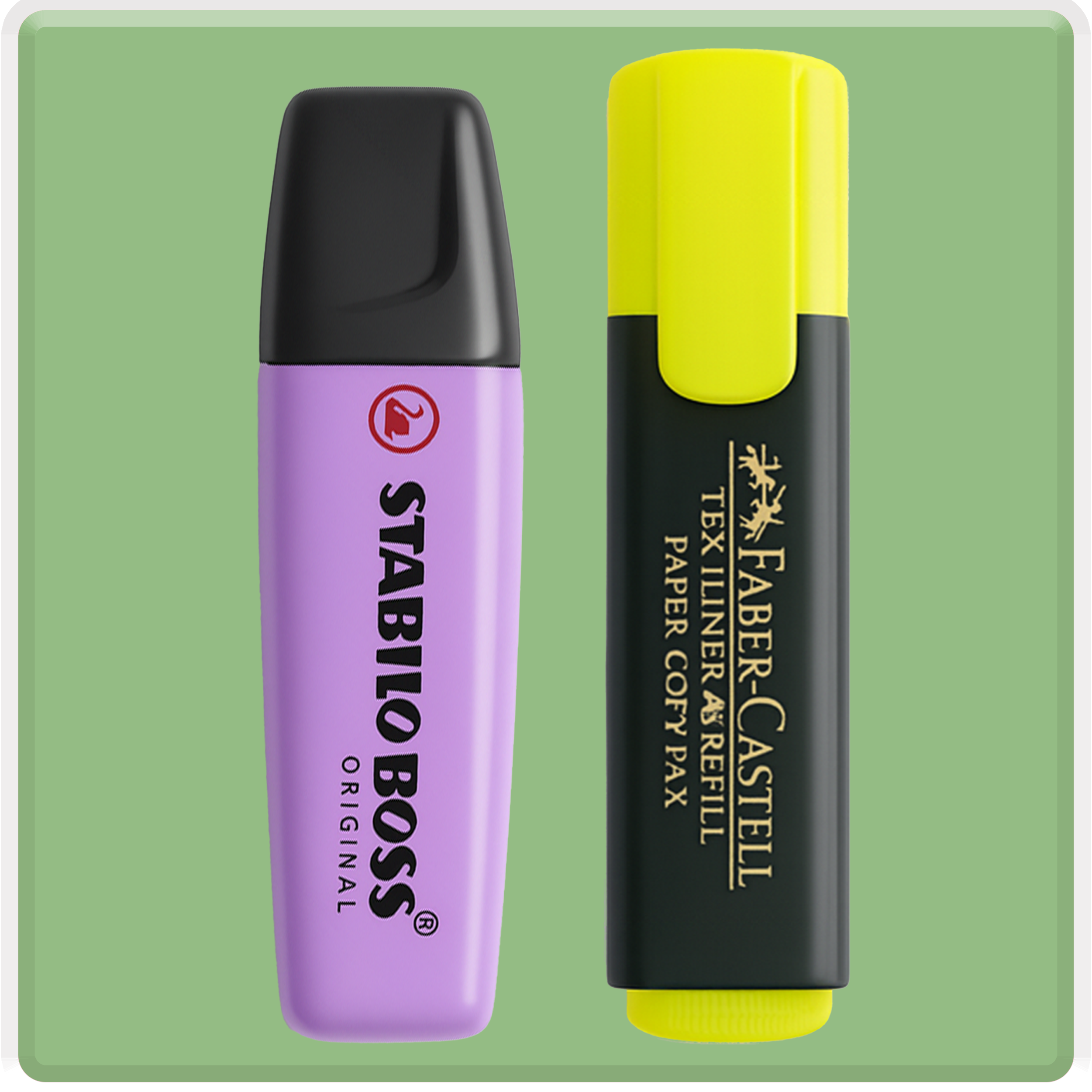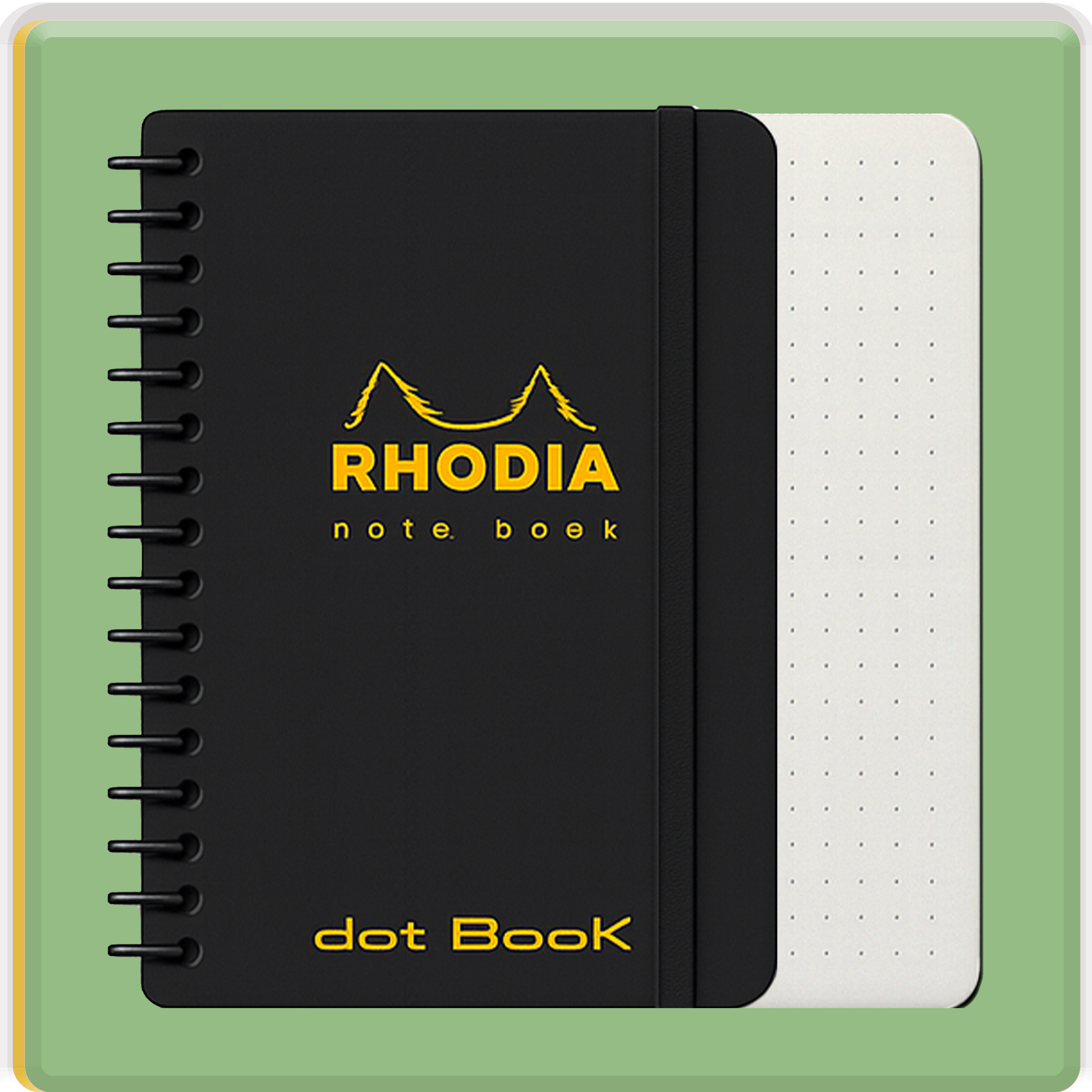Writing with fountain pens can be enjoyable because of their distinctive beauty and charm. But, mastering the craft of writing with a fountain pen could be challenging. This blog will provide you with tips on how to get the most out of your fountain pen and write better. These tips will enable you to write with grace and ease whether you're new to fountain pens or an experienced pro.
Fountain Pen: The ultimate royal writing experience
A fountain pen is the epitome of elegance and sophistication, making it the ultimate royal writing experience. Its smooth and consistent ink flow, classic appearance, and personalized writing options make it a symbol of refinement. For those who appreciate the art of writing, a fountain pen is a must-have stationery item that adds a touch of luxury to any writing experience. With a wide range of options available online, it's easy to find the perfect fountain pen to suit your needs and preferences.
Key points in the history of fountain pens:
- The first fountain pen is thought to have existed in the tenth century and belonged to an Egyptian ruler who used a glass reservoir to store ink.
- Metal-nibbed fountain pens first appeared in Europe in the 17th century.
- The development of fountain pens with built-in ink reservoirs to the nib in the 19th century made it possible for ink to flow more steadily.
- The first functional fountain pen with a reservoir and a feed system that controlled the ink flow was created in 1884 by Lewis Waterman.
- Fountain pens continued to develop throughout the 20th century, benefiting from new components and aesthetics that enhanced both their functionality and appeal.
- The use of fountain pens decreased as ballpoint pens gained popularity in the second half of the 20th century.
- Since fountain pens offer such a distinctive writing experience, there has been a resurgence in interest in them in recent years.
Comparison Table of Fountain Pen with other pens available in the market!
|
Factor |
Fountain Pen |
Ballpoint Pen |
Rollerball Pen |
Gel Pen |
Marker Pen |
|
Writing Experience |
Smooth, consistent ink flow |
Inconsistent ink flow requires more pressure |
Smooth ink flow, may bleed through paper |
Smooth ink flow, may skip or clump |
Bold ink may bleed through paper |
|
Ink Colors |
Wide range of colors is available |
Limited range of colors |
A wide range of colors is available |
Wide range of colors is available |
Limited range of colors |
|
Cost |
Can be more expensive |
Inexpensive |
Can be more expensive than ballpoint pens |
Can be more expensive than ballpoint pens |
Can be more expensive than ballpoint pens |
|
Maintenance |
Requires regular cleaning and refilling |
Little to no maintenance required |
May require occasional cleaning |
May require occasional cleaning |
May dry out quickly if not used regularly |
|
Environmental Impact |
More environmentally friendly, as can be refilled |
Disposable, contributes to waste |
Disposable, contributes to waste |
Disposable, contributes to waste |
Disposable, contributes to waste |
Reasons to choose a Fountain Pen!
Some reasons to choose a fountain pen include:
- Better writing experience: Fountain pens are a delight to use because of their smooth, reliable ink flow, which is unsurpassed by other pen kinds.
- Personalized: Writing experiences that are more individualized can improve handwriting and make writing more fun. Fountain pens are available with a choice of nib sizes and ink colors.
- Environmentally friendly: Refillable ink bottles or cartridges allow fountain pens to be more environmentally friendly than disposable writing types of equipment.
- Classic Forever: Fountain pens have a timeless, sophisticated appearance that lends an air of luxury to any writing experience.
- Durability: A lifetime investment in your writing equipment, high-quality fountain pens are frequently made to last a lifetime.
- Writing comfortably: Fountain pens are made to need less pressure than other pens, which can lessen hand fatigue and improve the comfort of writing for extended periods of time.
- Flexibility: Certain fountain pen nibs may produce varying line widths depending on the amount of pressure used, allowing for more creativity and flexibility in writing style.
- Innovative Gift: Fountain pens are a thoughtful and distinctive gift for authors, painters, and anybody who appreciates the craft of writing.
Tips and techniques for writing with a fountain pen
|
Tip/Technique |
Description |
|
Choose the right paper |
The best paper for fountain pens is made to handle the ink flow without bleeding or feathering. Seek for the paper that is designated as being suitable for fountain pens. |
|
Hold the pen correctly |
Hold the pen lightly between your thumb and index finger, with the pen resting on your middle finger. This allows for more control and comfort while writing. |
|
Find the right nib size |
Nib sizes for fountain pens range from extra-fine to broad. Try out several nib sizes to see which suits your needs and writing style the best. |
|
Use the right ink |
Fountain pen ink is required for fountain pens and is created especially for the pen's ink delivery method. Other inks shouldn't be used because they can clog or harm the pen. |
|
Practice proper maintenance |
Clean and maintain your fountain pen on a regular basis to keep it working. This calls for washing the nib, giving the pen a thorough rinse, and putting it away neatly when not in use. |
|
Experiment with pressure and angles |
Different pressure and angle combinations can result in varying line widths and styles with fountain pens. Try out various pressure settings and writing angles to see what effects you may get. |
|
Take your time |
A fountain pen is designed to be used slowly and deliberately. Enjoy the process, take your time, and let the pen direct your hand. |
|
Try different inks and papers |
There are innumerable variations of fountain pen ink and paper, each with special qualities and traits. Try out several combinations to determine which ones suit your needs and tastes for writing the best. |
In Conclusion,
Writing with a fountain pen is more of an experience than a simple assignment. It requires tolerance, tenacity, and the desire to take your time and enjoy the writing process. You may fully master the art of writing with a fountain pen by choosing the right paper, holding the pen correctly, experimenting with nib sizes and ink colors, and following standard maintenance methods. It's never been simpler to experience the world of fountain pens and discover the thrill of writing in elegance due to the large selection of fountain pens that are offered online, together with good paper and ink. So why wait to fall in love with this classic writing tool by purchasing a fountain pen right away? Whether you want to purchase it offline or are willing to buy stationery online, you can get a fountain pen very easily!








